Learn how a motorcycle quickshifter works, the types available, and why riders love faster, smoother gear changes without using the clutch.

Subscribe to our Telegram channel for instant updates!
If you’ve been around modern sport bikes or high-performance touring motorcycles, you’ve probably heard the term quickshifter. It’s a piece of technology that makes gear changes faster, smoother, and more efficient by removing the need to use the clutch or close the throttle. But how exactly does it work? Let’s break it down.
What Is a Quickshifter?
A quickshifter is an electronic system that allows a rider to shift gears without pulling in the clutch or rolling off the throttle. Normally, shifting requires three steps: disengaging the clutch, rolling off the throttle, and engaging the next gear. With a quickshifter, the system automates this process electronically in a fraction of a second, letting the rider keep the throttle open while shifting. It is commonly used in motorcycle racing to ensure seamless shifts and save time when doing laps.
How a Quickshifter Works
At the heart of the quickshifter is a sensor installed on the gear linkage. Here’s the process in simple terms:
- When the rider applies pressure to the gear lever, the sensor detects the movement.
- This signal is sent to the ECU (Electronic Control Unit).
- The ECU briefly cuts either the ignition spark or the fuel injection for a few milliseconds (usually 40–80 ms).
- This split-second power cut reduces load on the gearbox, mimicking the effect of pulling the clutch.
- The next gear slides into place smoothly, and then the ECU restores full power instantly.
The whole process happens in less than 0.1 seconds, making the shift almost seamless.

Types of Quickshifters
1. Up-Shift Quickshifter
This is the most common type. It only works for upshifts, letting the rider accelerate quickly without closing the throttle.
2. Bi-Directional Quickshifter (Auto-Blipper)
This more advanced system works for both upshifts and downshifts. On downshifts, the system automatically “blips” the throttle to match engine RPM with the lower gear, ensuring smooth transitions without clutch input. These are often found on premium bikes like the BMW S1000RR, Yamaha R1M, or Ducati Panigale V4.
Benefits of Using a Quickshifter
- Faster gear changes – Perfect for racing or spirited riding where every millisecond counts.
- Smoother performance – Reduces shock to the drivetrain, chain, and gearbox.
- Less rider fatigue – Eliminates the need to constantly pull the clutch lever, especially useful for long-distance touring.
- Maximized acceleration – Keeps the bike in its powerband without throttle interruptions.
Do You Really Need a Quickshifter?
Well, it depends on what is your purpose to use one. While quickshifters are fantastic for sport riding and performance-focused riders, not everyone needs one. For daily commuting or relaxed touring, a quickshifter is more of a luxury than a necessity. However, once you get used to it, many riders find it hard to go back to traditional clutch shifting.
Conclusion
A motorcycle quickshifter is a clever piece of tech that uses sensors and ECU-controlled ignition or fuel cuts to allow clutchless, throttle-on gear changes. Whether you’re chasing lap times on a track, carving twisty roads, or simply looking for a more refined riding experience, a quickshifter offers speed, smoothness, and convenience that enhance the ride.



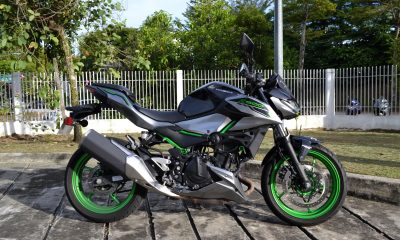

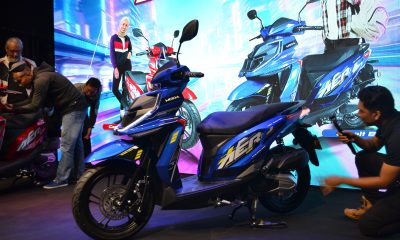

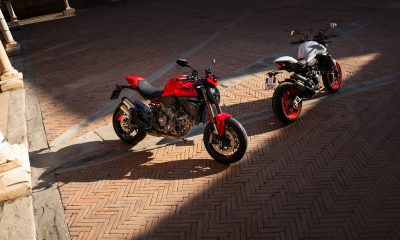


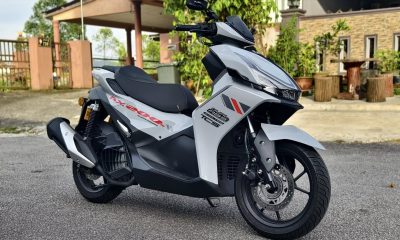
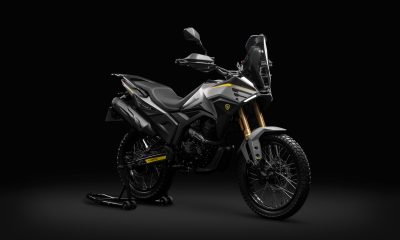
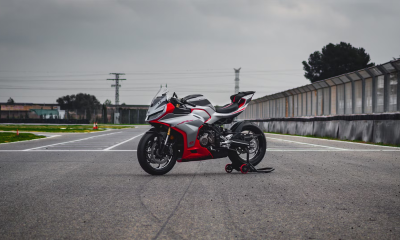


















Facebook
Instagram
X (Twitter)
YouTube
LinkedIn
RSS